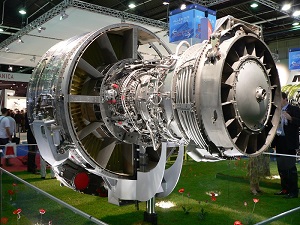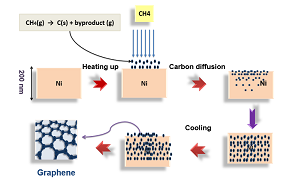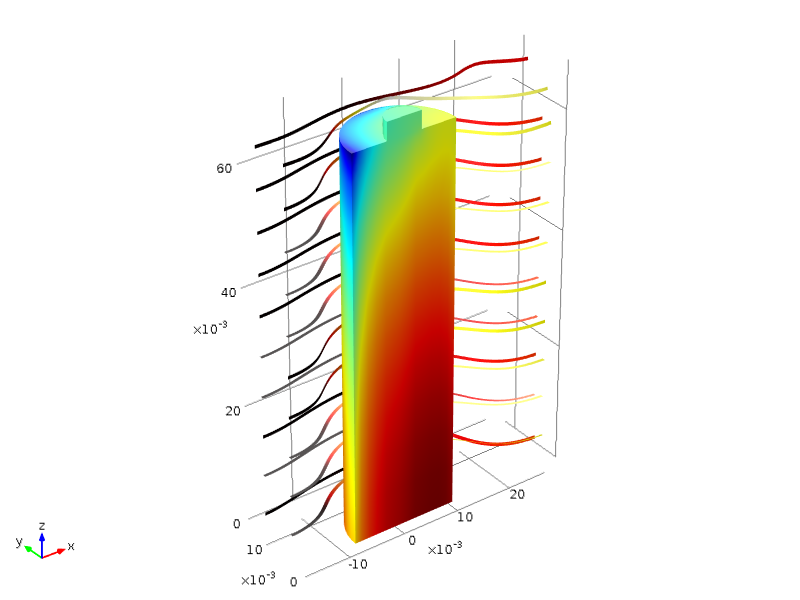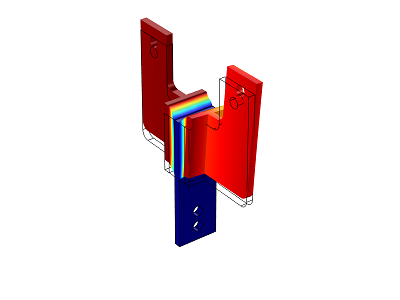All posts by Bridget Cunningham

Modeling Ray Propagation in a Newtonian Telescope System
Ray optics trivia: The Newtonian telescope, recognized as the earliest operating reflecting telescope, was developed in 1668. Today, simulation can be used to trace rays through this device.

Keynotes from the COMSOL Conference 2014 Boston
The COMSOL Conference 2014 Boston featured 2 inspiring keynote presentations with speakers from Oak Ridge National Laboratory and WiTricity. Get an overview of what they discussed…

Analyzing Aircraft Engine Noise Through Simulation
By modeling flow duct systems in aircraft engines, it is possible to optimize the shape of certain engine duct parts and the lining properties in order to reduce the sound emission.

Meet the Winners of Intel’s Make it Wearable Challenge
The winner of Intel’s inaugural Make it Wearable contest in 2014 was Nixie — a small drone that you can wear on your wrist and use to take photos and videos. Learn more about it here.

Synthesizing Graphene with Chemical Vapor Deposition
Chemical vapor deposition is an attractive method for producing graphene, an ultrastrong and light polymer material. Researchers from University of Arkansas used simulation to study this process.

Nanodiamonds Shine Brightly in Biomedical Research
A nanodiamond might not be ideal for an engagement ring, but these microscopic particles show a potential role in observing and analyzing cell processes. Learn more >>

Modeling Hydrodealkylation in a Membrane Reactor
Hydrodealkylation is a hydrogen-intensive process. We demonstrate using the thermodynamics modeling features in the COMSOL® software to analyze this process in a membrane reactor.

Designing Electric Vehicles with Magnetic Cooling Technology
Researchers from the National Institute of Applied Science designed a magnetocaloric HVAC system for an electric vehicle using multiphysics simulation. Get the full story >>

The Mystery Behind the Earth’s Magnetic Field Flip
Earth’s magnetic field typically remains stable. However, studies have shown that throughout history, geomagnetic reversals have occurred — irregular intervals when Earth’s magnetic field flips.

Learning with Technology: 3D Printing in the Classroom
As 3D printers become more affordable to the average consumer, more and more teachers are starting to use these devices within their classrooms to teach students about additive manufacturing.

Blue LEDs Recognized with 2014 Nobel Prize in Physics
The 2014 Nobel Prize in Physics was awarded to a team of scientists from Japan and the U.S. for their work in developing blue light-emitting diodes (LEDs) for more efficient lighting.

Accounting for Heat in the Design of Lithium-Ion Batteries
Heat transfer is an important phenomenon to consider when designing a lithium-ion battery. See how multiphysics simulation can help ensure a safe and efficient Li-ion battery design.

An Idea that Is Taking Off: Next-Generation Spacesuits
Researchers at MIT are designing a next-generation spacesuit that relies less on gas pressure and instead moves toward the idea of applying pressure directly to the skin. Get details here.

Sea Life Offers New Insight into Underwater Adhesives
Underwater adhesives are an important biomedical innovation. To design stronger synthetic waterproof materials, researchers are gaining inspiration from undersea creatures like mussels and worms.

The Evolution of Night Vision Technology
Night vision glasses have existed since World War II, but they used to be so bulky that they were inconvenient to use. Learn about the design evolution from active to passive infrared technology.

Shaping the Future with Holography
Did you know that holography was first developed by Dennis Gabor in 1948? Because of his discovery, he was awarded the Nobel Prize in Physics in 1971. See how the field has expanded since then.

Infrared Pothole Repair: A More Permanent Solution
Potholes are an annoying reality for anyone who drives a car. We discuss how potholes form in asphalt and a potential way to permanently repair them using infrared technology.

Vinyl Records: A Sound All Their Own
Here’s a piece of music trivia: Vinyl records can be traced back to the development of the phonoautograph in 1855 by Édouard-Léon Scott de Martinville.

Designing Future Technologies with Gallium
Here’s a piece of element trivia: Gallium’s existence was first predicted by Dmitri Mendeleev in 1871, but it was not discovered spectroscopically until 1875 by Lecoq de Boisbaudran.

Magnetic Cooling Technology in Refrigeration
Is your refrigerator running? Then you better go catch it (and see if it uses magnetic cooling technology, which offers a greener approach to preserving foods)!

Selective Laser Sintering for Prototype Production
A type of 3D printing called selective laser sintering is used to produce everything from metal prototypes and plastic, ceramic, and glass materials to coffee! Learn about modeling this process.

Reducing Vibrations with Viscoelastic Structural Dampers
Whether caused by an earthquake or everyday wind, when a structure undergoes vibrations, its components experience stresses and strains. Viscoelastic structural dampers can help >>

Treating Damaged Biological Tissue with Cryotherapy
Ever hear of cryotherapy (also called “cryosurgery”)? This superfreezing method uses low temperatures to treat damaged tissues, typically with the help of liquid nitrogen.

The Age of 3D Metal Printing
3D printing (also called additive manufacturing) can involve the use of plastics and metals. Take a more in-depth look at 3D metal printing and its potential to revolutionize manufacturing here.
